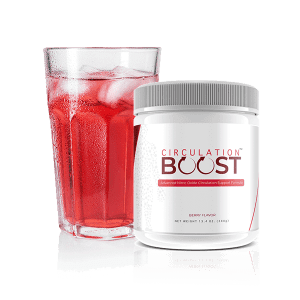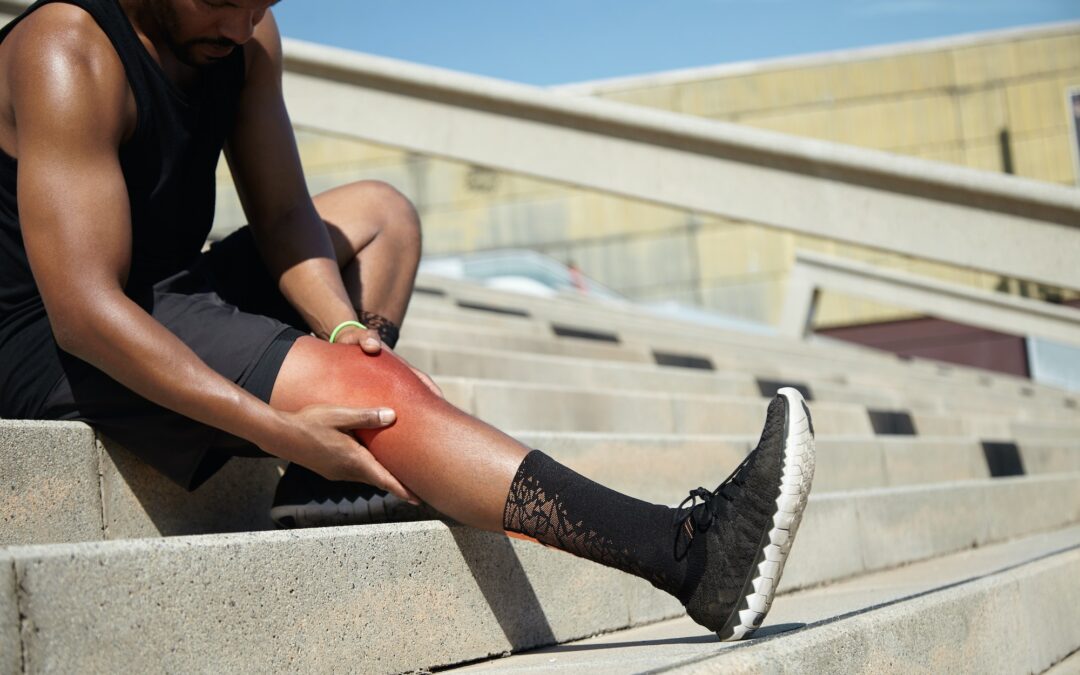Are you experiencing aching legs? What does it mean? Learn about the causes of leg pain and how to treat it.
Most leg pain is usually the result of overuse or minor injuries and the discomfort quickly disappears with home remedies. However, some cases may be due to serious medical conditions. The following is an overview of the various causes of aching legs and what to do.
Common Causes of Leg Pain
 Muscle cramps are one of the most common causes of leg pain and they typically trigger a sudden, sharp pain as the muscles contract. Some causes of leg cramps include muscle fatigue, dehydration, and certain medications (including diuretics and statins).
Muscle cramps are one of the most common causes of leg pain and they typically trigger a sudden, sharp pain as the muscles contract. Some causes of leg cramps include muscle fatigue, dehydration, and certain medications (including diuretics and statins).
Another common cause of leg pain is injury due to muscle strain, tendinitis, knee bursitis, shin splints, or stress fractures. For instance, muscle strain happens when the muscle fibers tear due to overstretching and affects the larger muscles.
There are also medical conditions that can lead to leg pain including atherosclerosis, deep vein thrombosis, arthritis, gout, varicose veins, infection, and nerve damage. For example, gout causes pain, swelling, and redness in the feet as well as the lower part of the legs.
There are other conditions and injuries that can cause leg pain, but they are not as common. Some of these include a herniated disk, Osgood-Schlatter disease, Legg-Calve-Perthes disease, slipped capital femoral epiphysis, and tumors (both benign and malignant).
Leg Pain Treatment
If your leg pain is due to cramps or a minor injury, you can treat it at home by resting your legs and elevating them. You can also take over-the-counter pain relievers or wear compression socks or stockings with support.
Another home treatment that may help is applying ice to the affected area about four times per day or more frequently in the first few days. Leave the ice on the area for about 15 minutes at a time max. Lastly, you can take a warm bath and stretch your muscles. You can do this while either sitting on the ground or standing up.
If you’re experiencing swelling in both legs, feel pain while walking, have varicose veins that cause discomfort, or have pain that continually gets worse, schedule a doctor’s appointment. However, if you have a fever, a deep cut, are unable to walk or put weight on your leg, or hear a pop or grinding noise, then go to the hospital immediately.
Preventing Leg Pain
To prevent leg pain, take the time to stretch before and after exercising and eat potassium-rich foods. Furthermore, you can help prevent medical conditions that lead to leg pain by leading a healthy lifestyle.
 In other words, you should exercise 30 minutes per day (5 days per week), maintain a healthy weight, avoid smoking, limit alcohol consumption, and monitor your cholesterol and blood pressure. In addition, you can take supplements like Circulation Boost.
In other words, you should exercise 30 minutes per day (5 days per week), maintain a healthy weight, avoid smoking, limit alcohol consumption, and monitor your cholesterol and blood pressure. In addition, you can take supplements like Circulation Boost.
Its ingredients promote blood flow to the legs, energy levels, blood pressure health, and more. Give your legs the support they deserve by taking care of them and using Circulation Boost to enhance your circulation.

